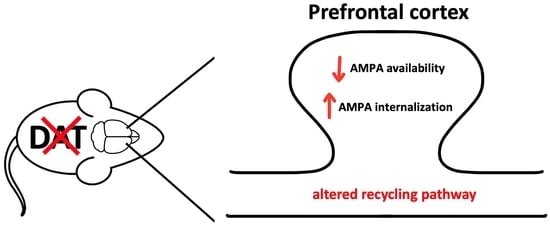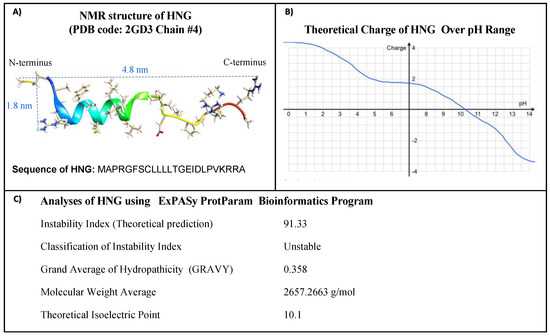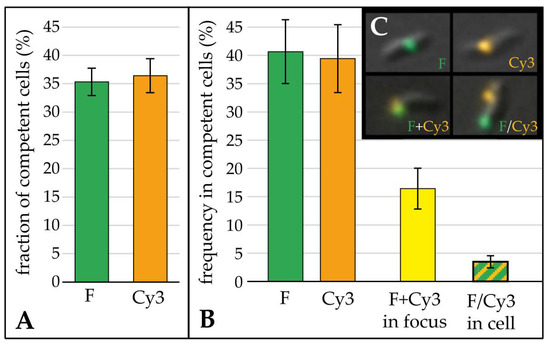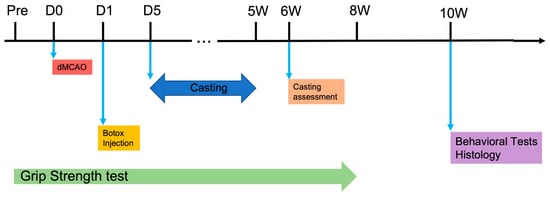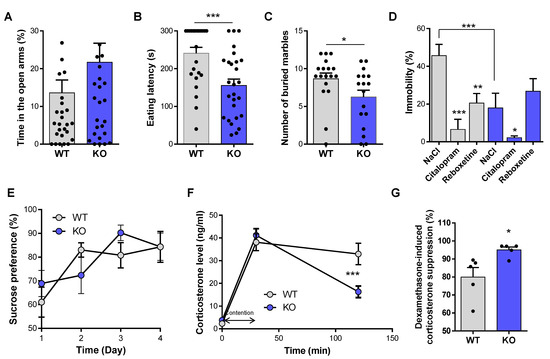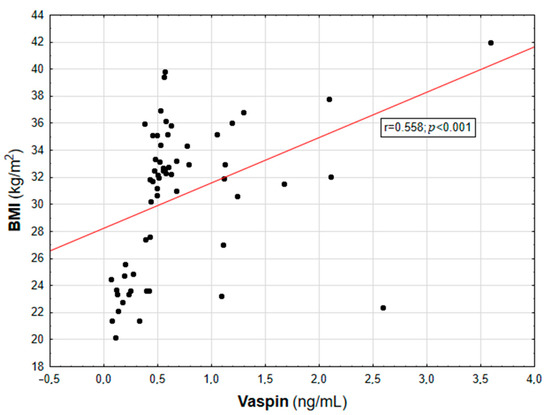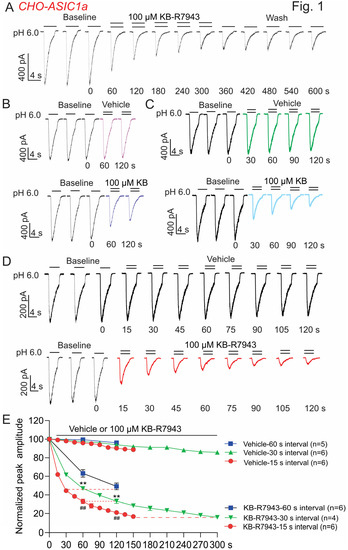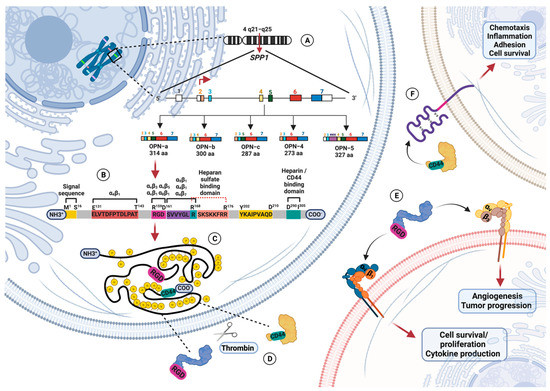1
Department of Pharmacological and Biomolecular Sciences “Rodolfo Paoletti”, Università degli Studi di Milano, Via Balzaretti 9, 20133 Milano, Italy
2
Department of Neurosciences, University of Mons, 6 Avenue du Champ de Mars, 7000 Mons, Belgium
†
These authors contributed equally to this work.
Biomolecules 2023, 13(3), 516; https://doi.org/10.3390/biom13030516 - 11 Mar 2023
Cited by 5 | Viewed by 2780
Abstract
Dopamine (DA) and glutamate interact, influencing neural excitability and promoting synaptic plasticity. However, little is known regarding the molecular mechanisms underlying this crosstalk. Since perturbation of DA-AMPA receptor interaction might sustain pathological conditions, the major aim of our work was to evaluate the
[...] Read more.
Dopamine (DA) and glutamate interact, influencing neural excitability and promoting synaptic plasticity. However, little is known regarding the molecular mechanisms underlying this crosstalk. Since perturbation of DA-AMPA receptor interaction might sustain pathological conditions, the major aim of our work was to evaluate the effect of the hyperactive DA system on the AMPA subunit composition, trafficking, and membrane localization in the prefrontal cortex (PFC). Taking advantage of dopamine transporter knock-out (DAT−/−) rats, we found that DA overactivity reduced the translation of cortical AMPA receptors and their localization at both synaptic and extra-synaptic sites through, at least in part, altered intracellular vesicular sorting. Moreover, the reduced expression of AMPA receptor-specific anchoring proteins and structural markers, such as Neuroligin-1 and nCadherin, likely indicate a pattern of synaptic instability. Overall, these data reveal that a condition of hyperdopaminergia markedly alters the homeostatic plasticity of AMPA receptors, suggesting a general destabilization and depotentiation of the AMPA-mediated glutamatergic neurotransmission in the PFC. This effect might be functionally relevant for disorders characterized by elevated dopaminergic activity.
Full article
(This article belongs to the Special Issue Biogenic Amines, Their Receptors and Transporters in Health and Disease: Commemorative Issue in Honor of Professor Marc G. Caron (1946–2022))
▼
Show Figures

